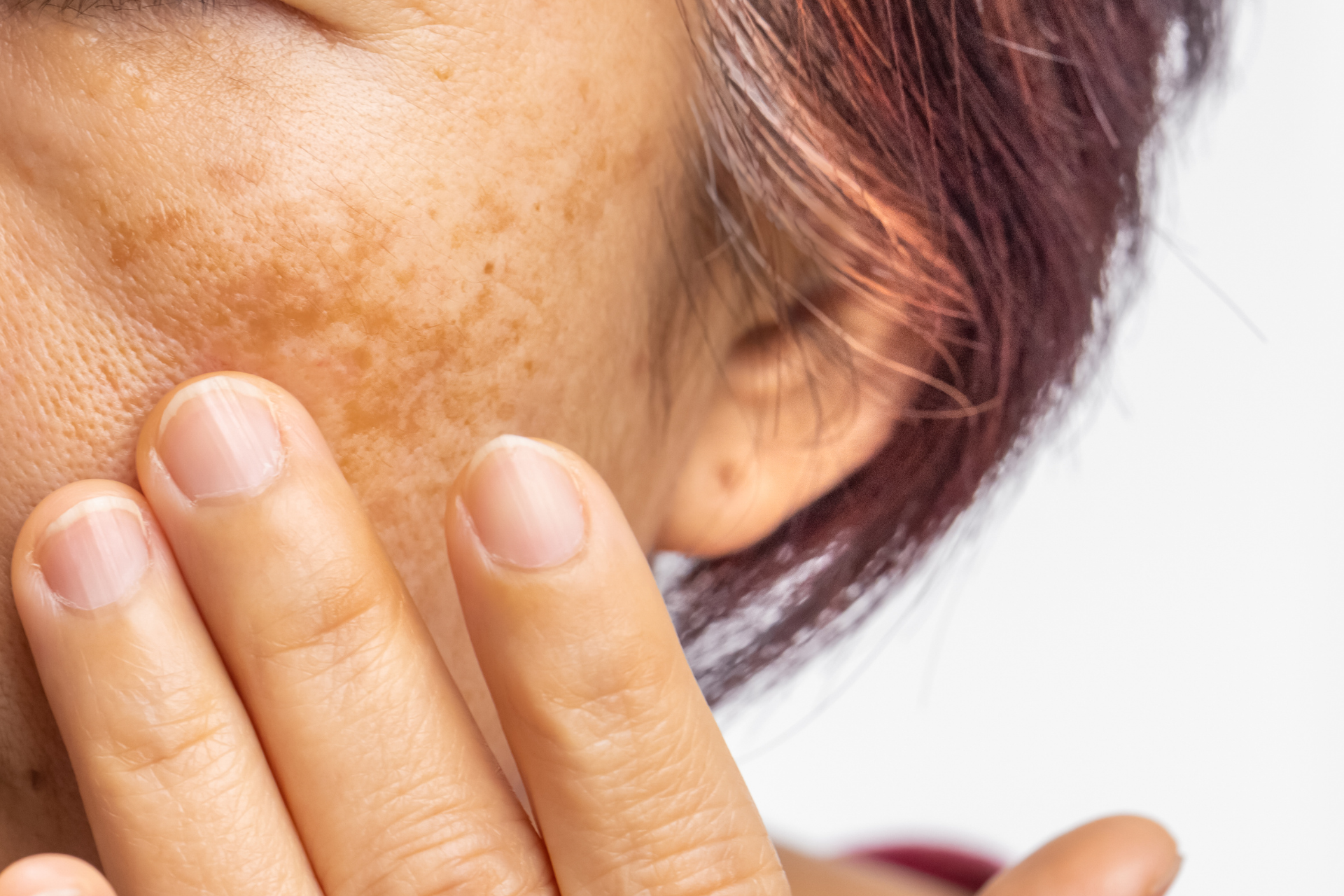Everything You Need to Know About Age Spots and How to Treat Them

As we age, our skin undergoes numerous changes, including the appearance of age spots. Also known as liver spots or solar lentigines, age spots are flat, brown, or black spots that commonly develop on sun-exposed areas of the skin, such as the face, hands, shoulders, and arms. While age spots are usually harmless, they can be bothersome for many individuals, affecting their self-confidence and overall skin appearance. If you're curious about age spots and how to treat them, keep reading to learn more.
At Fall Creek Skin and Health Clinic, we understand the concerns and challenges that come with skin changes as we age. Our expert dermatologists are here to provide you with the information and treatment options you need to address age spots effectively.
What Causes Age Spots?
Age spots are primarily caused by prolonged exposure to ultraviolet (UV) light from the sun. Over time, UV radiation accelerates the production of melanin in the skin, leading to the formation of dark pigmented spots. Factors such as genetics, hormonal changes, and age-related skin changes can also contribute to the development of age spots.
Preventing Age Spots
While age spots are a common part of the aging process, there are measures you can take to prevent their formation or minimize their appearance. Here are some tips to help protect your skin from age spots:
1. Wear sunscreen
Applying a broad-spectrum sunscreen with an SPF of 30 or higher daily can help protect your skin from UV damage and reduce the risk of age spots.
2. Seek shade
Limiting your exposure to direct sunlight, especially during peak hours, can lower your chances of developing age spots.
3. Wear protective clothing
Opt for long-sleeved shirts, wide-brimmed hats, and sunglasses to shield your skin from harmful UV rays.
4. Avoid tanning beds
Indoor tanning beds emit UV radiation that can accelerate skin aging and increase the risk of age spots and skin cancer.
Treating Age Spots
If you already have age spots that you'd like to address, there are several treatment options available at Fall Creek Skin and Health Clinic:
1. Topical treatments
Prescription-strength creams or lotions containing ingredients such as hydroquinone, retinoids, or vitamin C can help lighten and fade age spots over time.
2. Laser therapy
Laser treatments use focused light energy to target and break down excess melanin in the skin, effectively reducing the appearance of age spots.
3. Chemical peels
Peels containing ingredients like alpha hydroxy acids (AHAs) or trichloroacetic acid (TCA) can help exfoliate the skin and improve the pigmentation of age spots.
4. Cryotherapy
This technique involves freezing the age spots with liquid nitrogen, causing them to blister and eventually fall off, revealing smoother skin underneath.
It's essential to consult with a dermatologist at Fall Creek Skin and Health Clinic before undergoing any treatment to determine the most suitable option for your skin type and condition. Our team of experts will assess your skin needs and develop a personalized treatment plan to help you achieve a clearer, more youthful complexion.
In conclusion, age spots are a common skin concern that can impact your confidence and overall skin health. By understanding the causes of age spots, taking preventive measures, and exploring effective treatment options, you can effectively manage and reduce the appearance of age spots. If you're looking for professional guidance and expert care for your skin, Fall Creek Skin and Health Clinic is here to help you on your journey to healthier, radiant skin.




